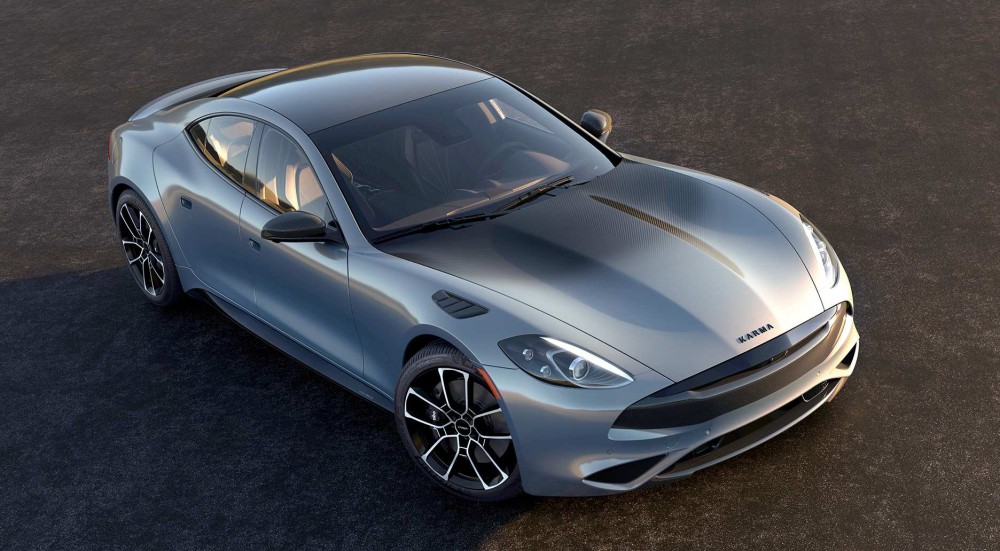30 Machines, One Vision: The Invictus and Karma’s Exclusive Future

by AutoExpert | 20 November, 2024
Karma Automotive’s story feels more like a rollercoaster than a smooth drive. Born from the ashes of Fisker Automotive in 2014, the Irvine-based company has spent the last decade chasing a dream of luxurious, high-performance EVs.
Its journey has been anything but ordinary—filled with audacious ideas, financial struggles, and a determination to carve out its place in automotive history. The Karma Revero was the company’s first step toward redemption. Unveiled in 2016, this extended-range electric vehicle (EREV) combined the spirit of performance with a touch of innovation.
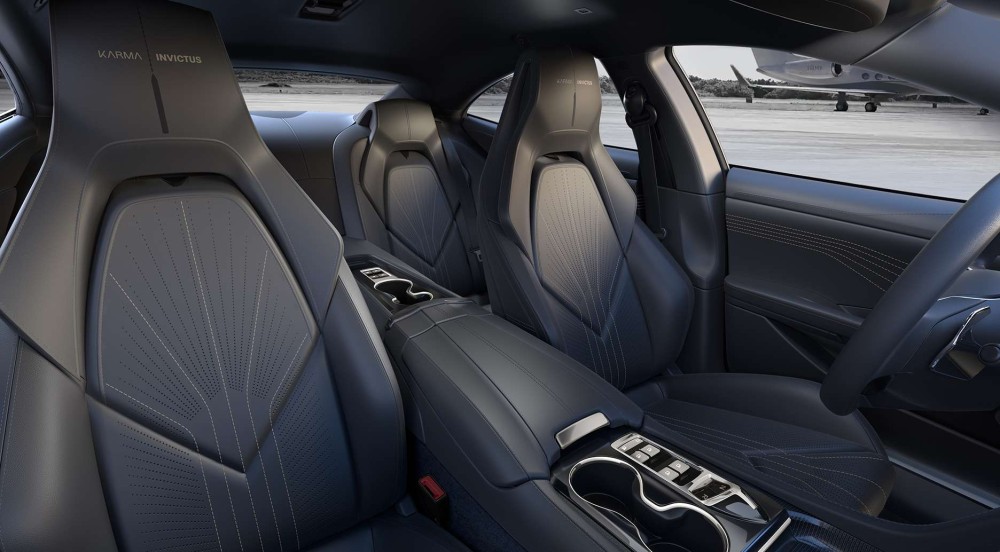
It featured a 28 kWh battery paired with dual electric motors and a turbocharged three-cylinder engine. The numbers were impressive: 536 horsepower, 550 lb-ft of torque, and a 0-60 mph sprint in just 4.5 seconds. While its 80-mile electric range was humble, the Revero wasn’t about range anxiety—it was about making a statement. But Karma wasn’t done yet. In 2024, Karma unveiled the Invictus, an evolution of the Revero that combines the qualities of a sculpture and a machine.
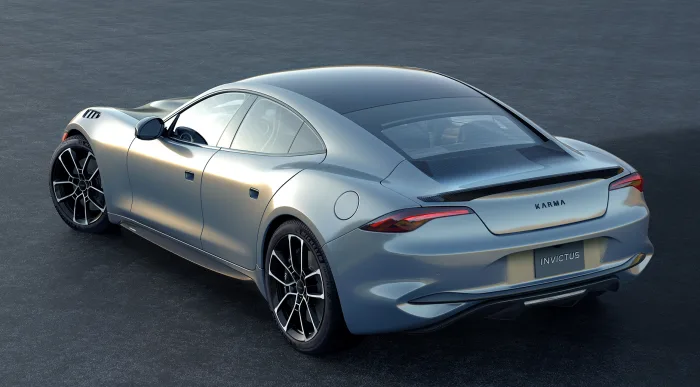
This isn’t just a souped-up version; it’s a full-throttle reimagining. With carbon fiber everywhere—hood, roof, fenders, and even the rocker panels—it sheds 75 pounds and gains a sharper, leaner edge. Functional vents and a rear spoiler keep things cool and composed, while Öhlins coilovers and wider rear tires dial up the precision. And the numbers? Now it rockets to 60 mph in 3.97 seconds. That’s supercar territory in a car designed for luxury.
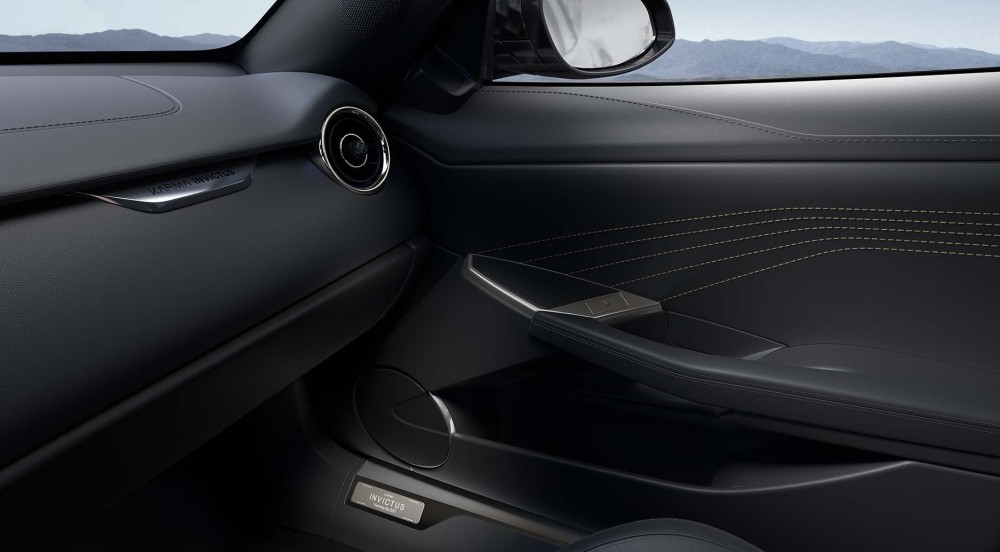
Inside, the Invictus tells a story of craftsmanship. Heated, ventilated seats wrapped in upholstery inspired by the Chrysler Building, anodized aluminum door sills, and bespoke options remind you this isn’t just any car. It’s one of 30 hand-built masterpieces, crafted in Moreno, California, for those who value exclusivity as much as performance. Pricing? Release dates? For now, Karma is keeping those details under wraps, adding to the car’s mystique. But as sleek and ambitious as the Invictus is, Karma’s history remains a bittersweet backdrop.
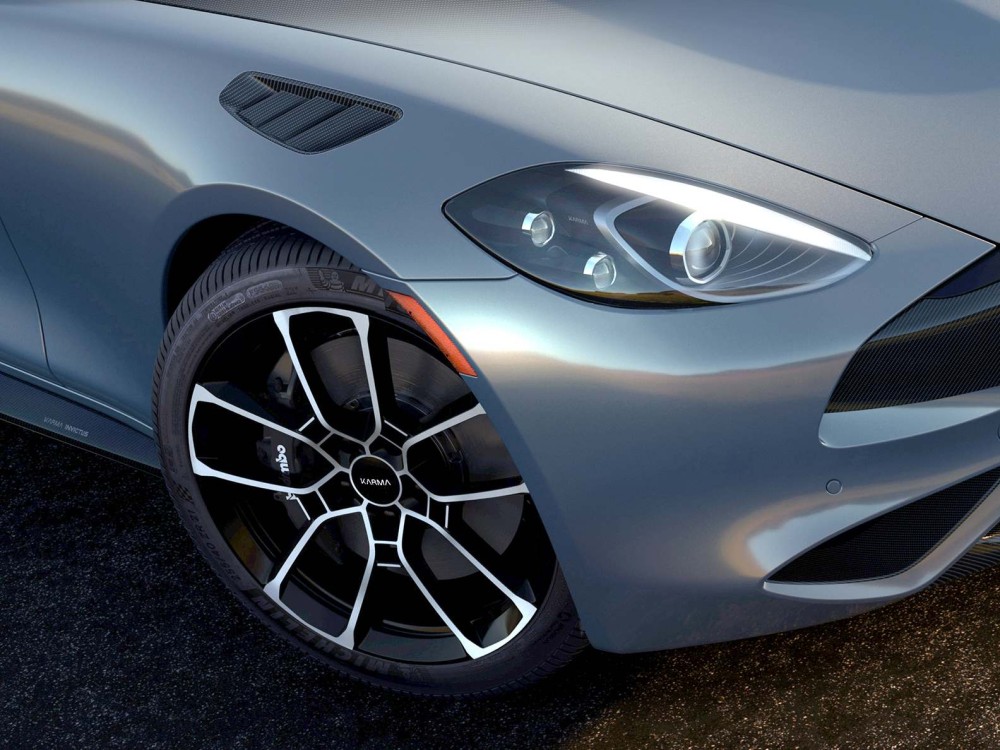
Recalls, layoffs, and financial turbulence plagued the company's early years, threatening even the boldest dreams. Wanxiang Group’s acquisition of Fisker’s assets in 2014 gave Karma a second chance, but with only 1,000 cars sold to date, it’s clear that being niche in the EV world isn’t easy. Now, with the Invictus and the broader Karma Collection, the brand is leaning into what it does best: blending exclusivity, artistry, and performance. It remains to be seen whether Karma can withstand the relentless pace of the EV revolution. The Invictus shows that this is about making something lasting, not just cars. Despite the uncertain future of Karma, it is already leaving a legacy of bold ambition and carbon fiber.
